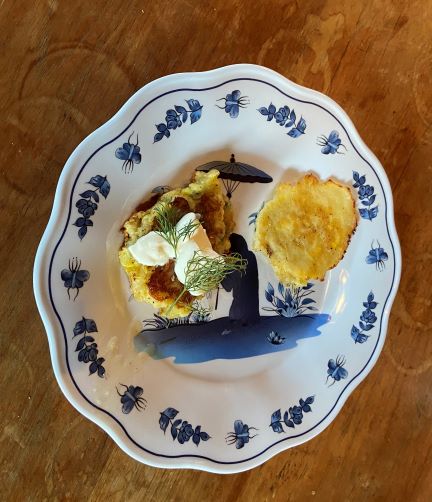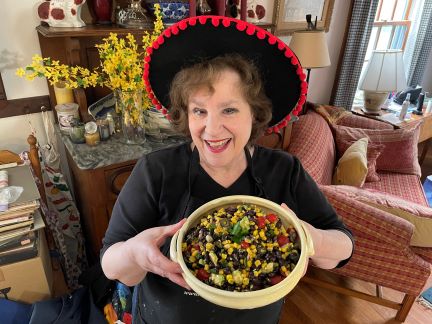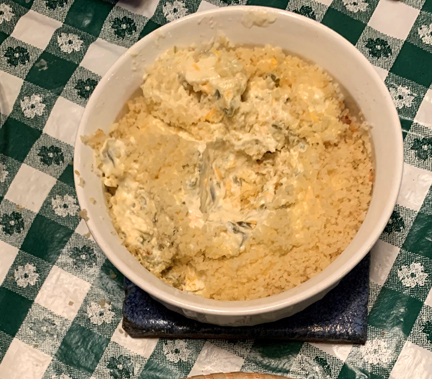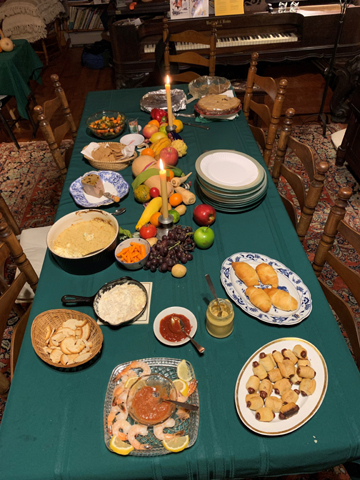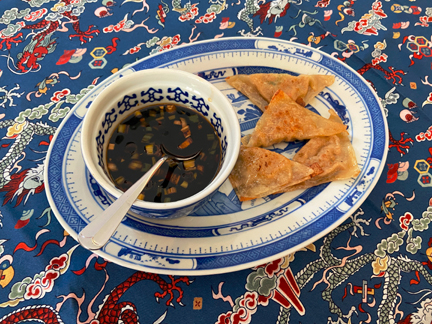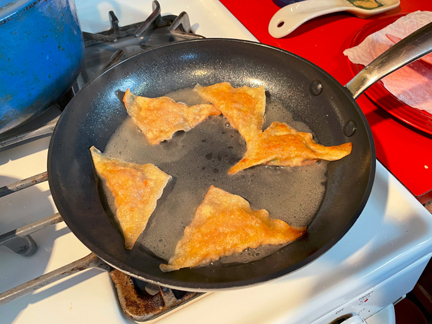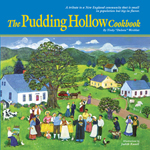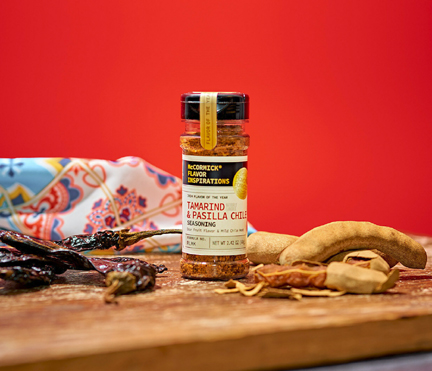
Courtesy of McCormick
I’m always lurking on the internet to spot food trends. It was thus impossible for me to resist what McCormick, the purveyor of spices and much more, calls the 2024 flavor of the year.
I had been intrigued by the 2023 flavor of the year, a blend of Vietnamese and Cajun seasonings. Unfortunately, that spice was sold out by the time I found out about it. I decided to investigate the 2024 flavor early.
The 2024 flavor is tamarind. I consumed quite a few tamarind-related chutneys and other dishes when I lived in India as a teenager. I didn’t realize at the time what a global food tamarind is.
Tamarind fruit grows on a lush tropical tree (also called tamarind) that originated in Africa but spread to grow in South Asia, Southeast Asia, Mexico, and the Caribbean. Tamarind is extremely health to eat, with lots of vitamins and antioxidants.
According to Buddhist lore, tamarind seeds are supposed to embody faithfulness and forbearance. Those certainly seem like good qualities with which to launch a new year.
Tamarind has a unique sweet-and-sour flavor. You may not think you have eaten it, but you probably have. It is a common ingredient both in Worcestershire sauce and in Pad Thai, the popular noodle dish.
Tamarind’s combination of sweetness and savory gives it versatility. In Mexico it is often incorporated into candies and beverages. In Asia it is generally used more for tart dishes and is frequently employed to make marinades for meat and fish, as well as in the chutneys I recall from my youth.
It can be obtained in a variety of forms. In India, my family purchased tamarind paste, in which the fruit flavor is highly concentrated. The paste is available in specialty-food shops and online. One can also purchase the fruit whole (mostly dried, I gather) or dried and powdered.

Courtesy of the New York Public Library
Since McCormick is primarily a dried-spice company, it prefers its tamarind dried. Its signature tamarind product is a tamarind and pasilla chile blend. Pasilla chiles are the dried form of the chilica pepper. They are popular in Mexican cuisine for adding just a little heat (they are only mildly spicy) but a lot of smoky flavor.
The company sent me some of the new spice blend to play with. The first thing I did was open the jar to smell and taste a few of the mixed granules inside. The first flavor that hid my taste buds was a slightly sweet heat. Its aftertaste came across as citrus-y.
I tried the blend that evening with a catfish filet. I sprinkled the fish with the seasoning and pan fried it in a little olive oil and butter. The heat, the sweet, and the citrus notes worked well with the fish.
My next venture with the tamarind and pasilla chile blend was to try a recipe provided by McCormick for a feta-based dip. It took a little doing. The recipe was more complicated than my usual dips because it included not just a semi-liquid mixture, but two toppings for that mixture.
One was a honey glaze that added just a hint more sweetness to the tamarind and chile flavor profile. The other was a mixture of fresh herbs and nuts.
I altered the recipe when I made it, and I enjoyed it with my changes.
I didn’t have any sesame seeds. Instead of mixing those in with the nuts and herbs, then, I blended a little sesame oil in with the dairy products. (I used 1 teaspoon sesame oil and 2 teaspoons extra-virgin olive oil instead of the 1 tablespoon olive oil in the recipe.)
In addition, I was serving the dish to a neighbor with a nut allergy so I had to find a substitute for the nuts.
I didn’t want to bypass them entirely; their purpose is to add a little crunch to the dip. Instead, I used pepitas (squash seeds) to take care of that extra bit of texture. The pepitas had the added advantage of being popular in Mexican cuisine so I felt they worked with the flavor profile of the dip.
The dip was a big hit. The feta flavor was strong, adding a little extra salt and tang to the tamarind. I’d make it again in a heartbeat. Here is the recipe, along with my wishes for a happy and healthy new year.
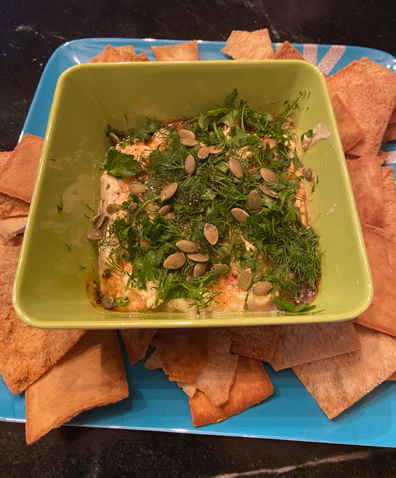
McCormick Tangy Feta Dip
Ingredients:
1 cup feta cheese, coarsely crumbled
1/3 cup full-fat ricotta cheese
1/3 cup sour cream
1 tablespoon extra-virgin olive oil
2 teaspoons tamarind and pasilla chile seasoning, plus another teaspoon later
1 tablespoon assorted chopped nuts (pistachios, almonds, walnuts, whatever)
2 teaspoons chopped fresh dill
2 teaspoons chopped fresh parsley
1 teaspoon white sesame seeds
2 tablespoons local honey
Instructions:
In a food processor or an electric mixer with a whisk attachment, combine the feta, the ricotta, the sour cream, the olive oil, and the first 2 teaspoons of tamarind and pasilla chile seasoning.
Spoon the mixture into a bowl that is relatively wide, cover the bowl, and refrigerate the dip for an hour or so to let the flavors meld.
In a bowl, mix the nuts, the dill, the parsley, and the sesame seeds. Set them aside.
Heat the honey just until it is warm. Add the remaining teaspoon of seasoning. Let the mixture stand for 5 minutes to allow the flavors to blend, keeping it warm. (I left it over a very tiny flame on my stove.)
Take the feta dip out of the refrigerator. Drizzle it with the warm seasoned honey, and sprinkle the nuts and herbs on top.
Serve with chopped vegetables, pita chips, or breadsticks. Serves 6 to 8 as an appetizer.



